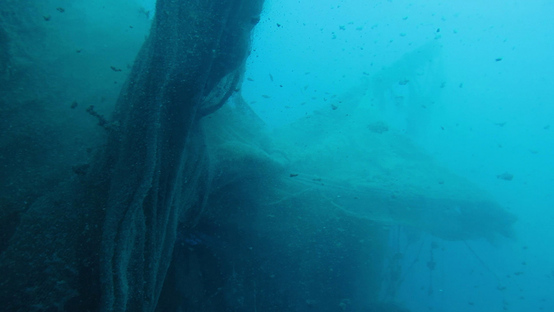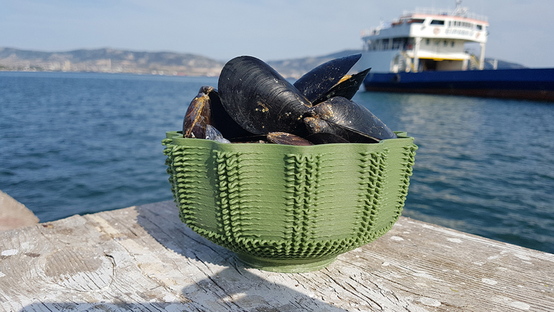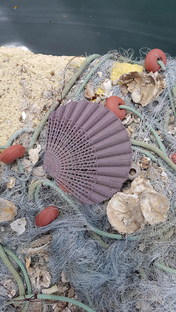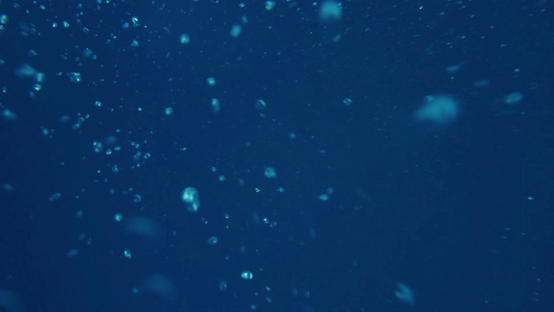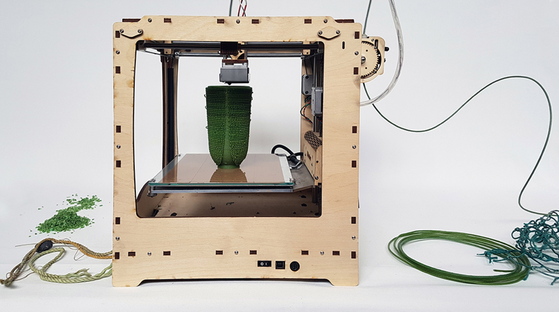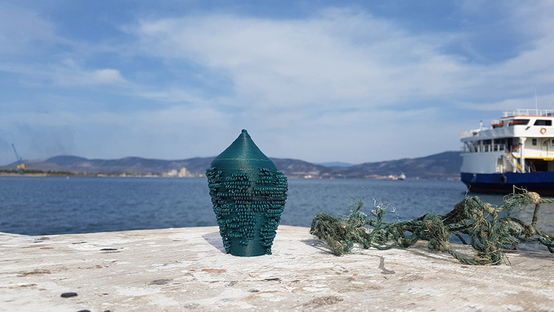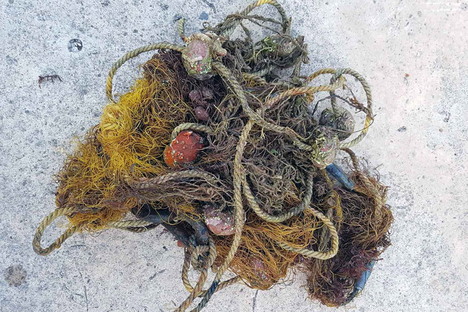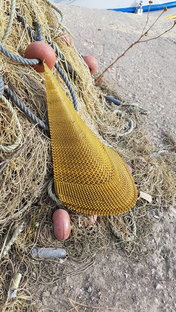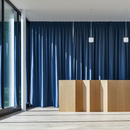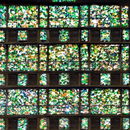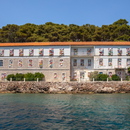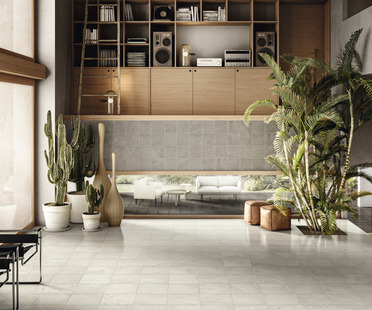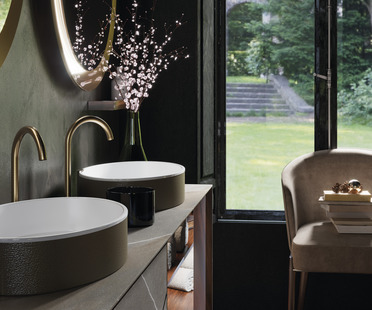01-05-2019
Second Nature fights marine pollution with design
Marily Konstantinopoulou, Javier Sirvent, The New Raw,
- Blog
- Design
- Second Nature fights marine pollution with design
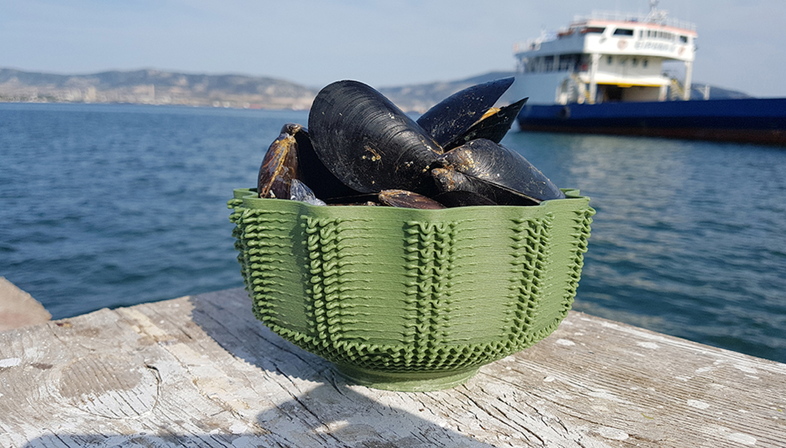 Second Nature is a project conceived by the research and design studio The New Raw based in Rotterdam under the auspices of the Aikaterini Laskaridis Foundation in Greece. The initiative aims to raise awareness of the environmental issues of marine plastic pollution using creativity and 3D printing.
Second Nature is a project conceived by the research and design studio The New Raw based in Rotterdam under the auspices of the Aikaterini Laskaridis Foundation in Greece. The initiative aims to raise awareness of the environmental issues of marine plastic pollution using creativity and 3D printing.“Plastic is a major contributor to the pollution of the seas. However, living in urban regions, we tend to forget about our dependence on the sea, which is crucial to our food and oxygen supply. With Second Nature, we want to give plastic a second life”, say Panos Sakkas and Foteini Setaki, founders of The New Raw who are working with the support of MEDASSET, Healthy Seas, Ghost Fishing, and the Rotterdam Natural History Museum.
Fact is, we all know about the gigantic islands of plastic floating in the seas, and the attempts to clean the ocean (link) to protect one of the fundamental environments for our survival on planet Earth.
The project in question began in Greece, where The New Raw worked hand-in-hand with local fishermen and divers to collect discarded synthetic fishing nets, also known as ghost nets. Considered to be the deadliest ocean debris and a major environmental threat, these nets remain on the seabed for years, trapping fish, mammals and other sea creatures. Hence the idea of designers Panos Sakkas and Foteini Setaki to turn these deadly traps into something that could send out a positive message and encourage a stronger focus on marine pollution.
In order to transform the ghost nets into raw material for the 3D-printing process, the designers classify the ghost nets according to different material types: nets, ropes, floaters and weights. In the next step, they are processed in a grinder and extruded into colourful and textured filaments for the creative process of 3D-printing. Given that by nature, seashells are formed of layers, they are particularly suitable to be turned into objects of design using 3D-printing technologies. To date, the project has studied five edible species of Mediterranean seashells that are currently protected due to their intensive fishing: Mitra Zonata, Pecten Jacobeaus, Pinna Nobilis, Strombus Persicus and Tonna Galea. The textured surfaces of the objects created by Second Nature are inspired by natural patterns emerging on the outer layer of the seashell and turn into ornaments that reinforce the components.
The designers were accompanied in their research by award-winning documentary filmmaker Daphne Matziaraki,, who created a 10-minute short film that reveals how marine plastic can become the raw material for a new circular economy. The journey takes place in the small Greek village of Galaxidi, where The New Raw initially set up their mobile 3D-printing and recycling lab.
Second Nature Film from The New Raw on Vimeo.
Second Nature with The New Raw is a creative and virtuous example of how to turn a major problem into a potential resource and a tool for economic recovery.
Christiane Bürklein
Concept, Research and Design: The New Raw
Design Team: Panos Sakkas, Foteini Setaki, Agata Kycia, Andrea Sebastianelli, Stavroula Tsafou
Cinematography: Daphne Matziaraki
Film Executive Producer: Suzanna Laskaridi
Photography: Marily Konstantinopoulou, Javier Sirvent, The New Raw
Patronage: Aikaterini Laskaridis Foundation
With the support of: MEDASSET, Healthy Seas, Ghost Fishing, Rotterdam Natural History Museum










